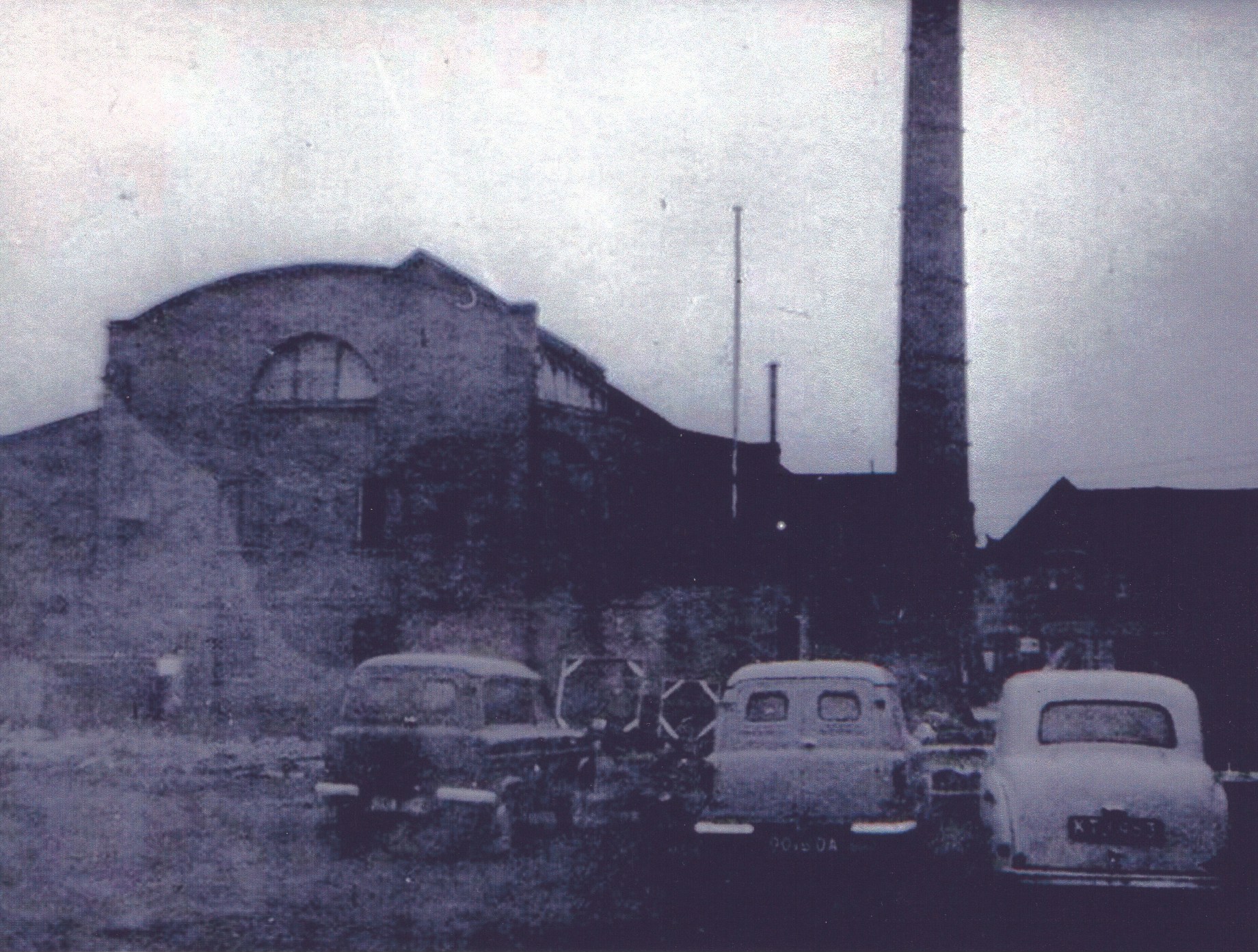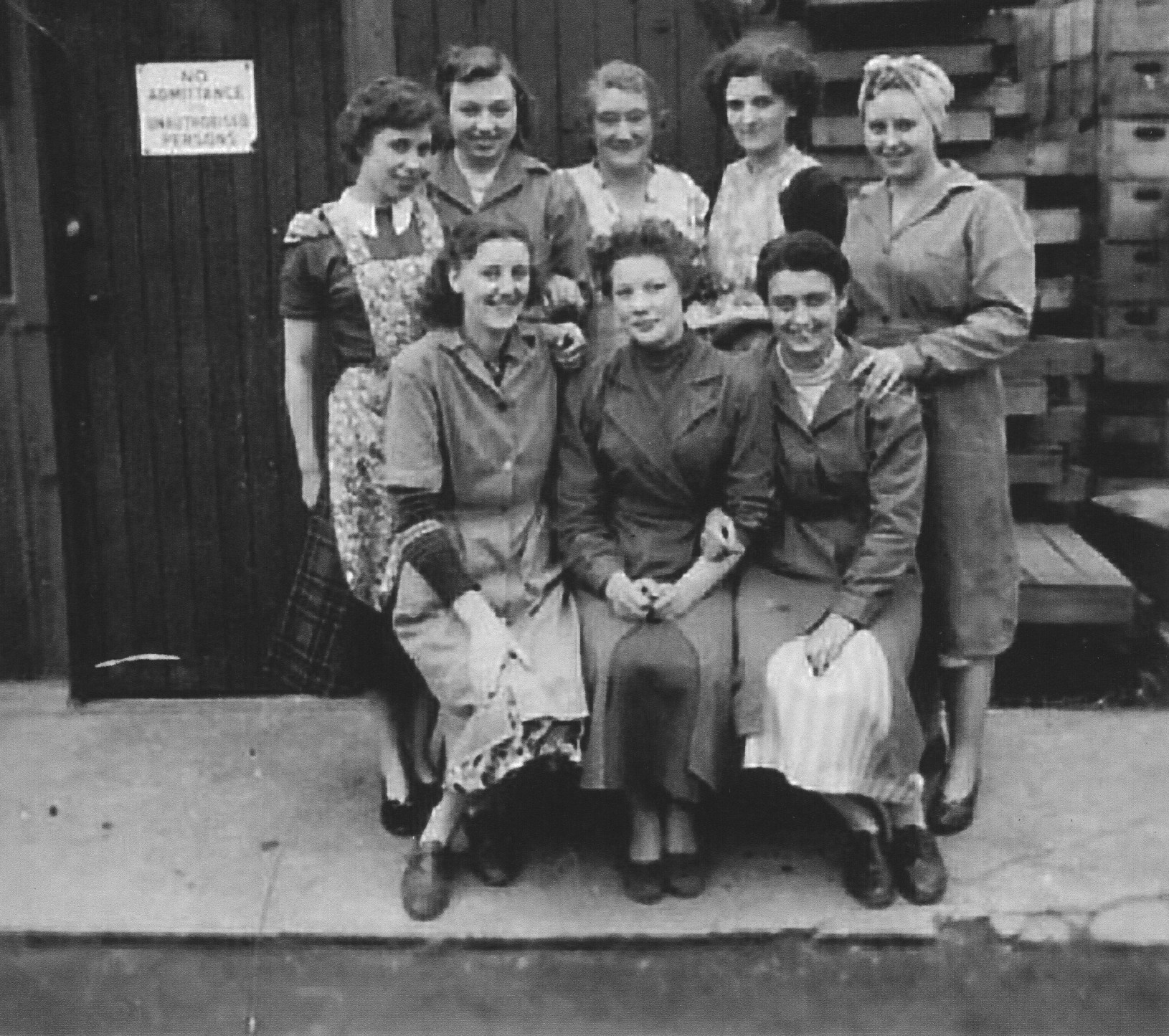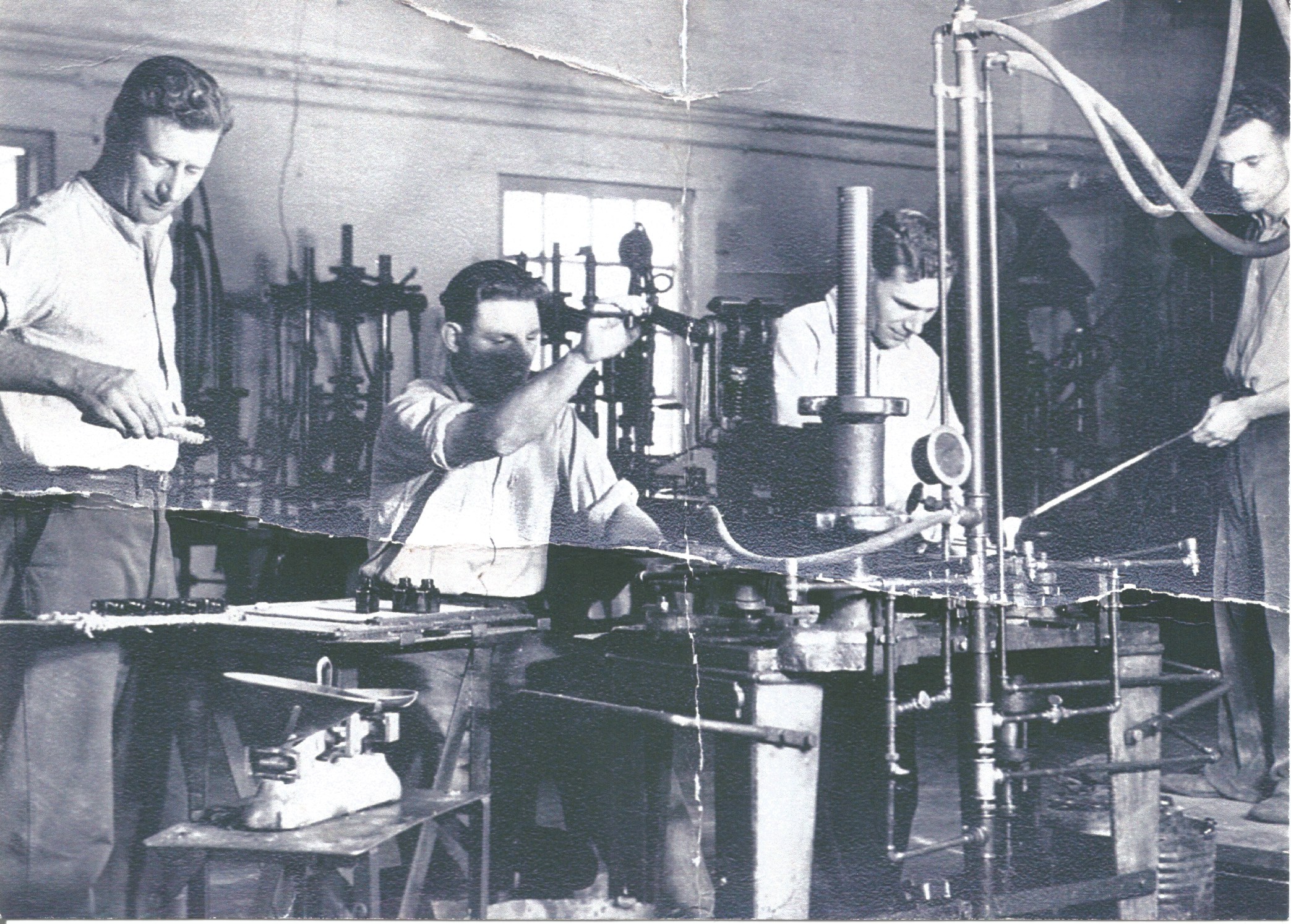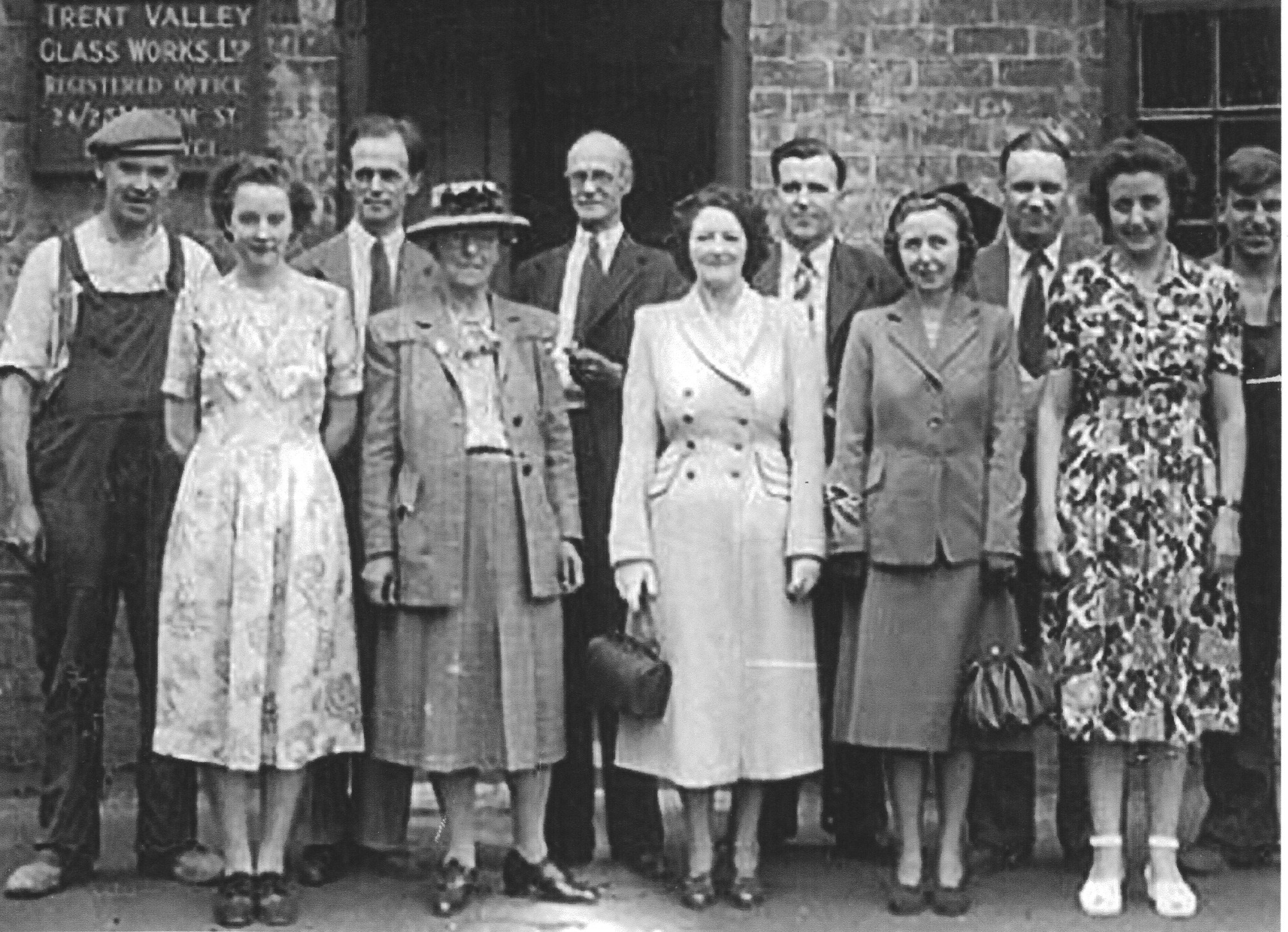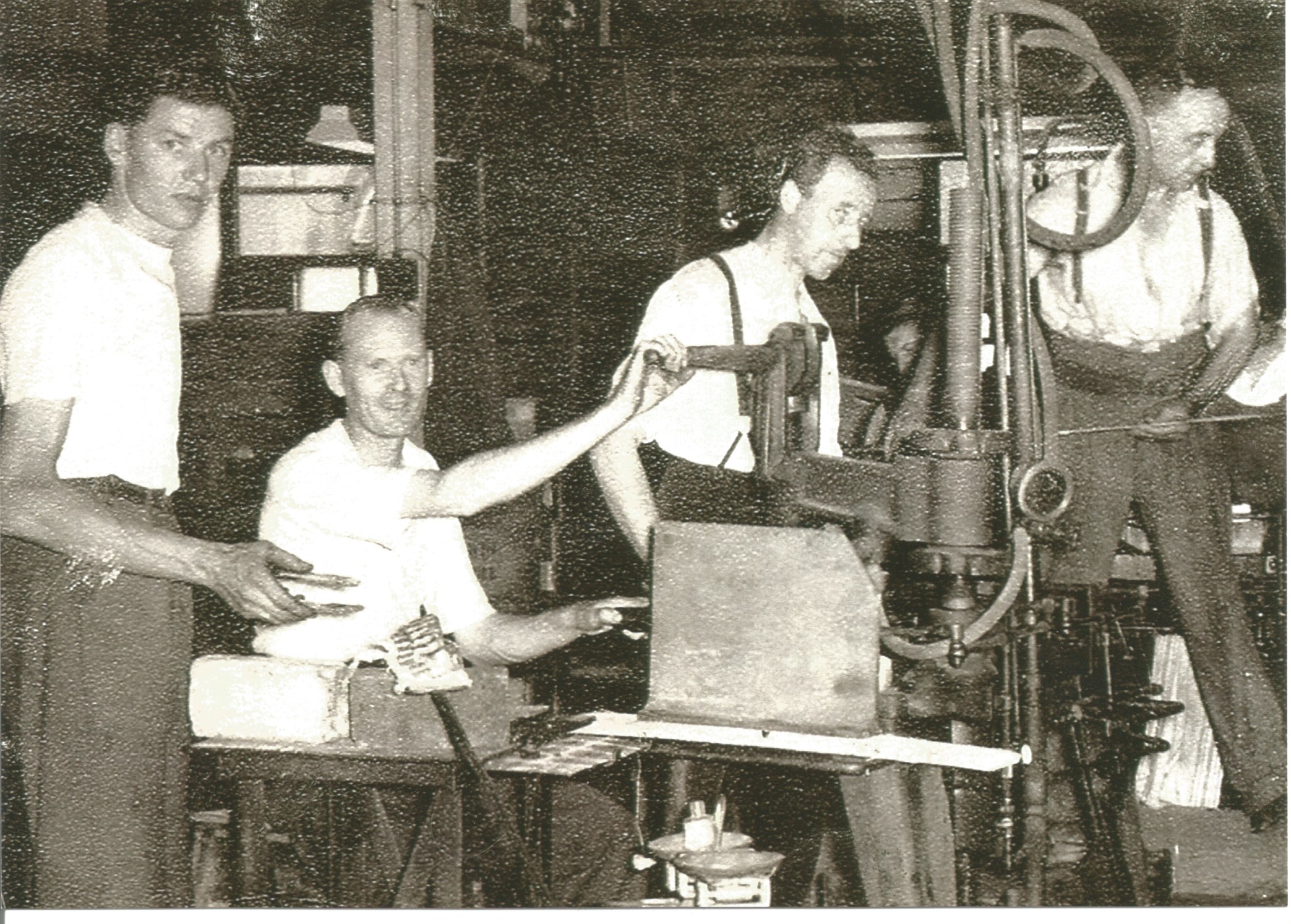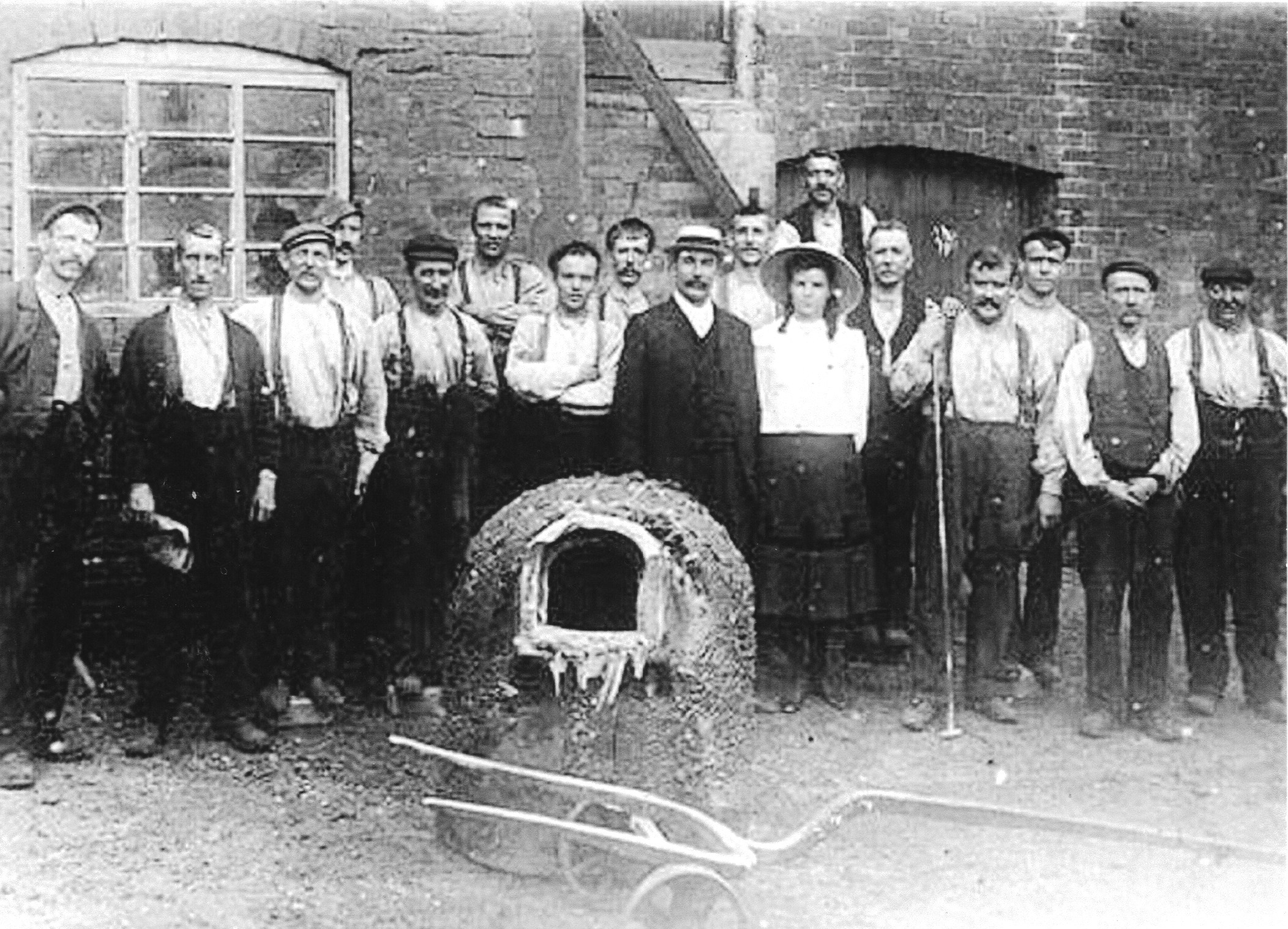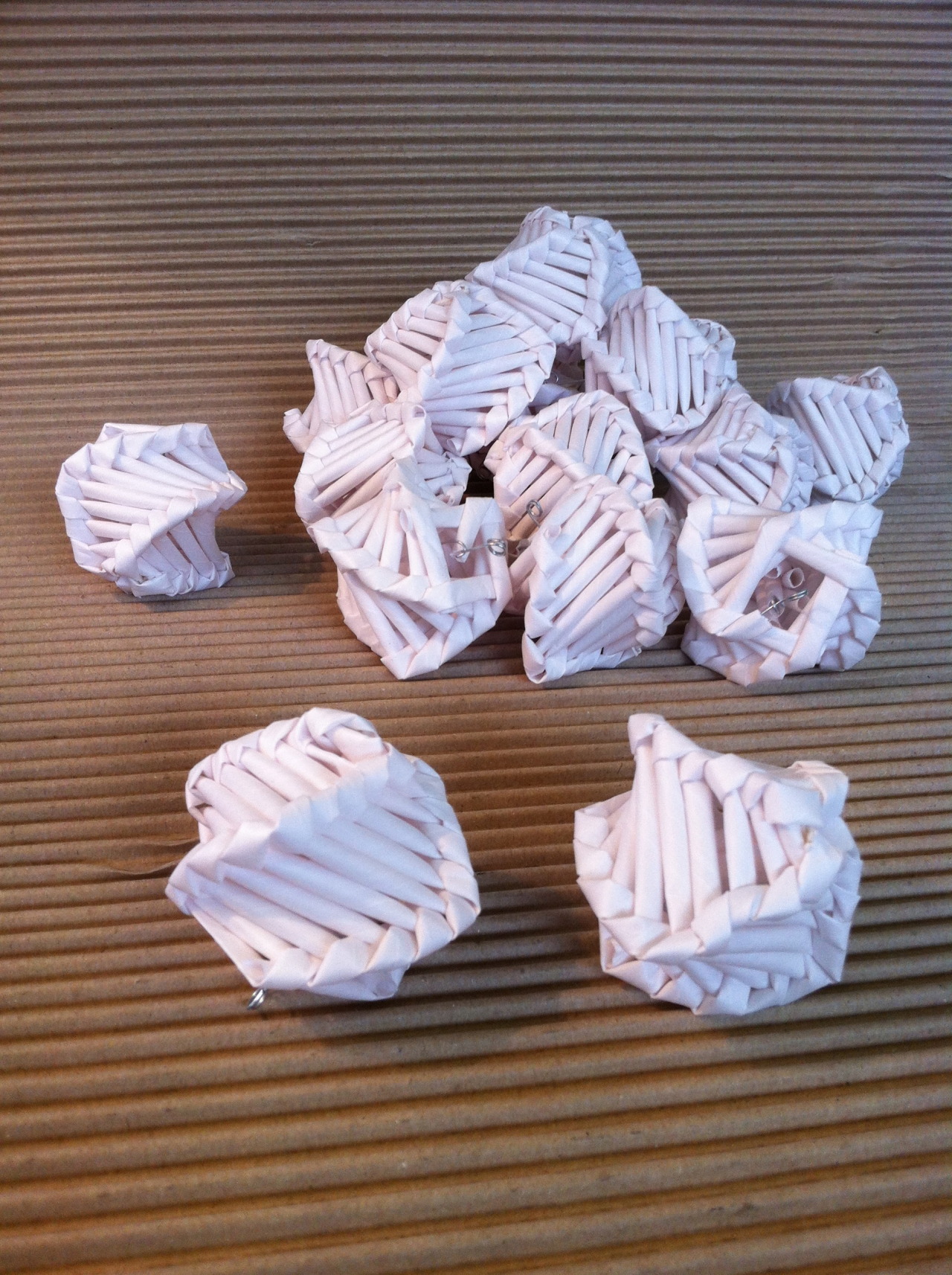Your Custom Text Here
History of Glass Production in Hatton
Over the last few months I have been delving into the history of blown glass production at the Trent Valley works that once stood in Hatton, South Derbyshire to gather inspiration for my forthcoming sculpture for the Salt Brook meadow.
The relationship between the groups of workers is as fascinating as is the tools and moulds they used.
Artist Residency No.1
For the duration of 2015 I have successfully secured funding from Arts Council England to explore the direct casting processes of solid lost wax casting and hollow lost wax, taking inspiration and lessons from the Bronze age and the Ancient Greek period. This will cumulate into a small collection of new woven bronze work that will become the basis for a solo show in October. During this period of reach and development I will be travelling through Derbyshire to undertake artist residencies in various public places such as Elvaston Castle, Matlock Mining Museum and Cromford Mill to name but a few. With each venue the surroundings will directly influence the creative outcomes.
The first venue on the residency tour is in the city of Derby within the historic Arboretum Park which is due to celebrate 175 years this September. This historic park was the very first publicly owned landscaped park in England. In 1840 the park was commissioned by Joseph Strutt, a former mayor of Derby and noted philanthropist. The landscape architect John Claudius Loudon was employed to design the parks undulating banks, planting and sculptural features. Loudon’s design was of great significance and influential in the design of New Yorks Central Park.
The aim of the residencies is to allow the public to engage directly with the artist and the art work, to see and learn about the exploration of the ancient lost wax technique, see the experiments in surface patterns achieved through hand weaving techniques and examine the collection of wax forms.
Being resident in the park has been a great experience and discovering it’s historic story has been fascinating, the park has had a troubled past but seems to be embracing a new chapter, one of which is the successful residency program now in its fifth year.
My time at the Arboretum has come to an end and I have loved be able to see the park everyday, watch spring arrive through the windows, see the park life and the people passing by. It’s been inspiring and as a result I have created over 50 pieces whilst resident there.
Roman artefacts found in Derbyshire
During a research trip to Derby Art Gallery & Museum, I came across a large selection of bronze items on display found within Derby City and the Derbyshire region.
This post relates to the Roman Occupation of the county and is taken from the exhibition within the museum.
“Iron, Bronze, Gold, Silver, Lead and Tin were all worked for many centuries before the Romans came to Britain. Under the Roman occupation demand for these metals led to massively increased production. In Derbyshire lead and iron were particularly important industries.
Lead - Derbyshire was an important lead mining area in the Roman period. The lead industry appears to have been based in the Derbyshire Dales, at a place called Lutudarum, perhaps near Carsington.
Twenty-nine ingots (called ‘pigs’) of Roman lead from Derbyshire have been found, weighing an average of 80-90kg each. Inscriptions on them indicate that private companies were running mines, probably under state license.
Lead was used for a variety of purposes including water tanks and pipes, weights, containers and figurines. Few of these survive as lead is usually melted down for re-use rather than thrown away.
Iron - Iron was widely used in Roman Britain. Tools included axes, hammers, saws and chisels. Soldiers needed daggers, swords, spears and harness fittings. Iron was also used for hinges, locks and keys, nails and window fittings.
Iron ore was usually obtained by open-cast mining. The ore was roasted in an open hearth and then smelted in a furnace, producing iron bloom which could then be hammered into wrought iron by a blacksmith.
Archaeologists have found fifteen iron smithing hearths at the Roman industrial area at Derby Racecourse.”
Find out more about the items on display at Derby City Art Gallery & Museum.

Ive been selected as artist in residence for the Revive arts in empty shops for Ilkeston this Oct/Nov. Heres a sneak peak at what I will be doing, these tiny woven shapes will be created in their hundreds and suspended from the ceiling to create a woven paper installation.
Information will be added shortly on how you can get involved or visit the exhibit.
